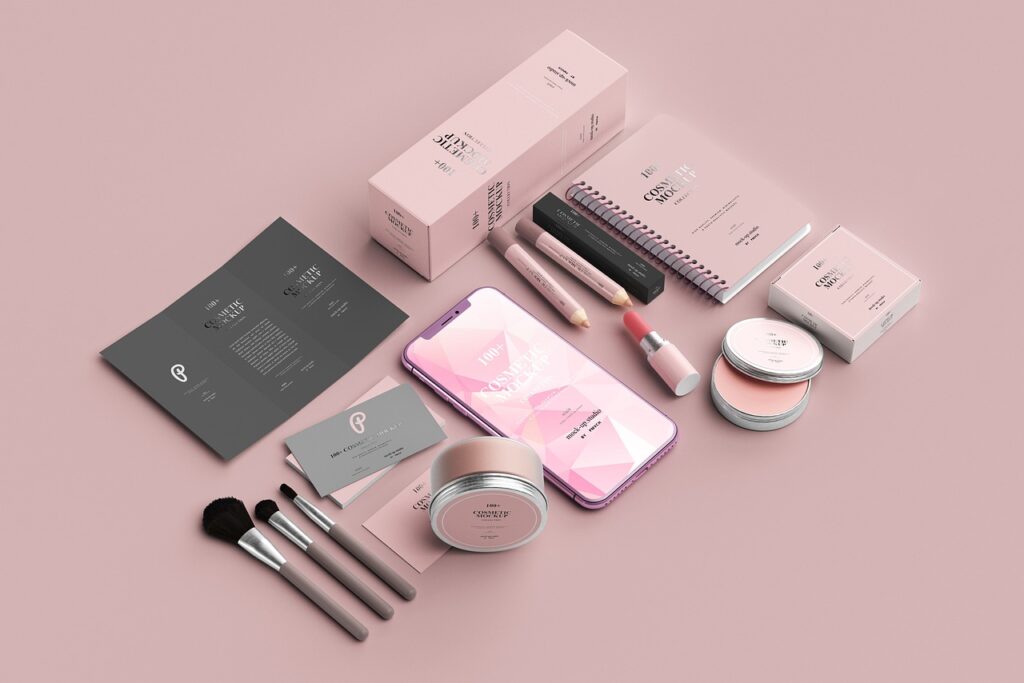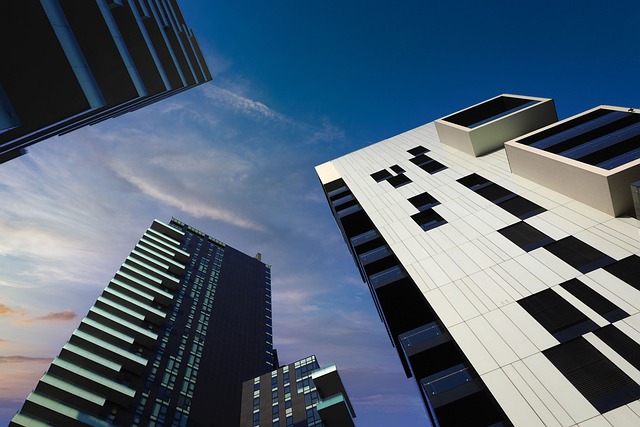The music industry has always been about creating unforgettable experiences that transport audiences to another world. From attending live concerts to listening to albums on repeat, music has the power to evoke emotions, create memories, and bring people together. And for millennials, this sentiment holds especially true. According to a study by Forbes, 78% of them prioritize investing in exceptional and memorable experiences within the music industry.
But in today’s digital age, the way we consume music has evolved, and audiences are seeking new ways to incorporate technology into their music experiences. From streaming services to virtual concerts, technology is changing the way we listen to music and interact with artists. One exciting development in this space is the use of Augmented Reality (AR) and Virtual Reality (VR) in festivals and live events. These technologies have the power to enhance the attendee experience, create more immersive performances, and revolutionize the way events are produced.
Contact us today to learn how we can turn your vision into a reality!
Concerts in VR are becoming increasingly popular in recent years. The gaming platform made the first AR & VR concert. The collaboration between Travis Scott and Fortnite was a success, with over 12 million viewers. Lil Nas X performed for 33 million views on Roblox. Since the pandemic, these metaverse music festivals have become increasingly popular.
Another great example is the music festival Lost Horizon: the virtual reality experience. With 79 stages in 2018, an area of almost 900 acres in the Vale of Avalon, and an expectation of 2800 performances during the festival for the 2020 edition, they sold 135.000 tickets to the public in 34 minutes in the same. This resulted in this was 10,000 people watching through VR headsets and more than 4 million tuned in as Beatport streamed the event on YouTube.
VR concerts can create highly immersive, interactive, realistic digital environments that simulate real-world experiences. This technology can be leveraged to create virtual festival worlds that can be accessed remotely from anywhere.
How to use VR and AR to enhance festivals and events?
The potential for AR and VR to elevate the festival experience for attendees is vast and diverse. As technology continues to advance, we can anticipate an array of innovative applications of AR and VR at music festivals, concerts, and other events. From immersive performances to interactive installations, the possibilities are limitless.
1. Augmented Reality (AR) Interactive Maps
Augmented reality can be used to create interactive maps that allow attendees to navigate the festival venues easily. They can use their mobile devices to view a digital overlay of the festival layout and see real-time updates on the location of different stages, vendors, and other points of interest.
2. Virtual Reality (VR) Performances
VR can create immersive performances that are only possible in a virtual environment. Attendees can wear VR headsets and experience performances from different perspectives, such as on stage with the performers or in the middle of a virtual crowd. Lollapalooza They held a virtual celebration, including performances from Paul McCartney, Metallica, and Imagine Dragons. Fans could watch the performances using VR headsets or access the festival’s virtual world through their computers or mobile devices.
3. AR Enhanced Stage Shows
AR can enhance stage shows by adding digital elements to real-world perDigital fireworks or other special effects that could accompany an artist’s performance effects. Coachella introduced an AR-enhanced stage show called “The Antarctic,” which used projection mapping technology to create an immersive, 360-degree experience.
4. VR Art Installations
VR can be used to create interactive art installations designed to reflect the festival’s theme and provide attendees with a unique and engaging experience. An installation might feature reactive elements that change in response to the attendee’s movements or gestures. This creates a unique and exciting experience for attendees and allows them to become active participants in the art installation.
5. AR Enhanced Vendor Experiences
AR can be used to enhance vendor experiences by adding digital elements to real-world products. For example, an AR-enabled app could allow attendees to view a virtual clothing try-on or preview digital content related to the vendor’s products.
Want to see some other examples of virtual try-on? Check this out
In conclusion, the music industry is constantly evolving, and technology has played a significant role in enhancing the festival and concert experience for audiences worldwide. AR and VR have revolutionized the way we perceive music and entertainment, allowing for immersive and interactive experiences that were previously impossible. As technology continues to evolve, we can expect to see even more innovative uses of AR and VR at concerts, music festivals, and other events. The future of music and entertainment is exciting, and AR and VR are at the forefront of this transformation.
Contact us to learn how we can make your next event truly unforgettable!
👋 get in touch
By clicking the “send” button, I agree to the collection and processing of my personal data as described in the Privacy Policy.





